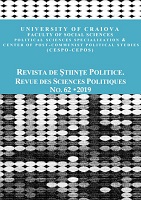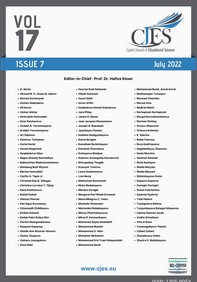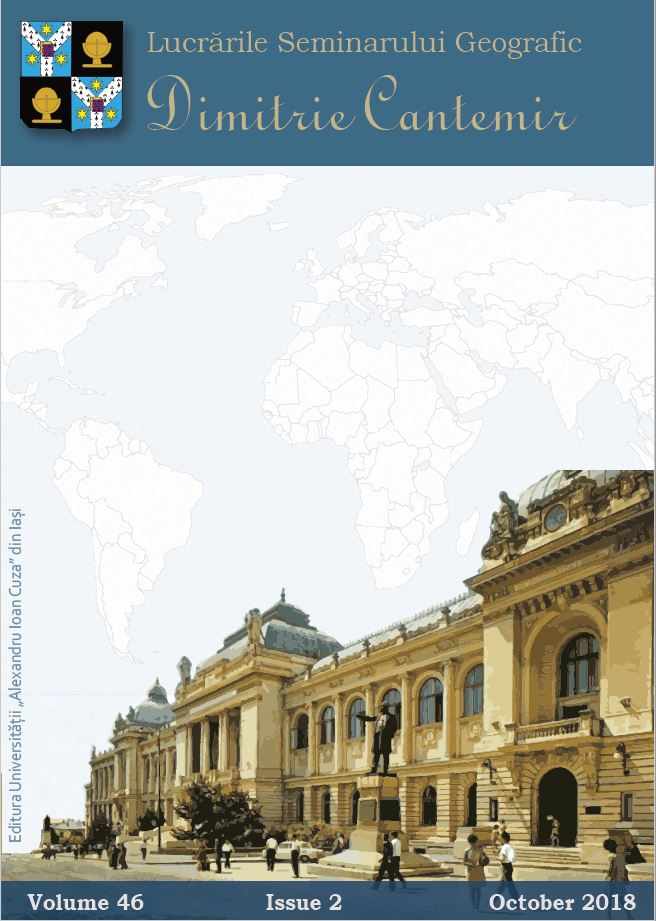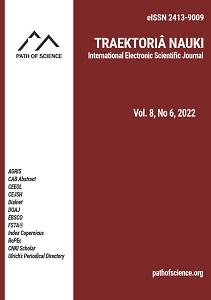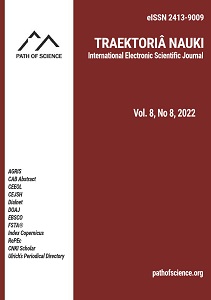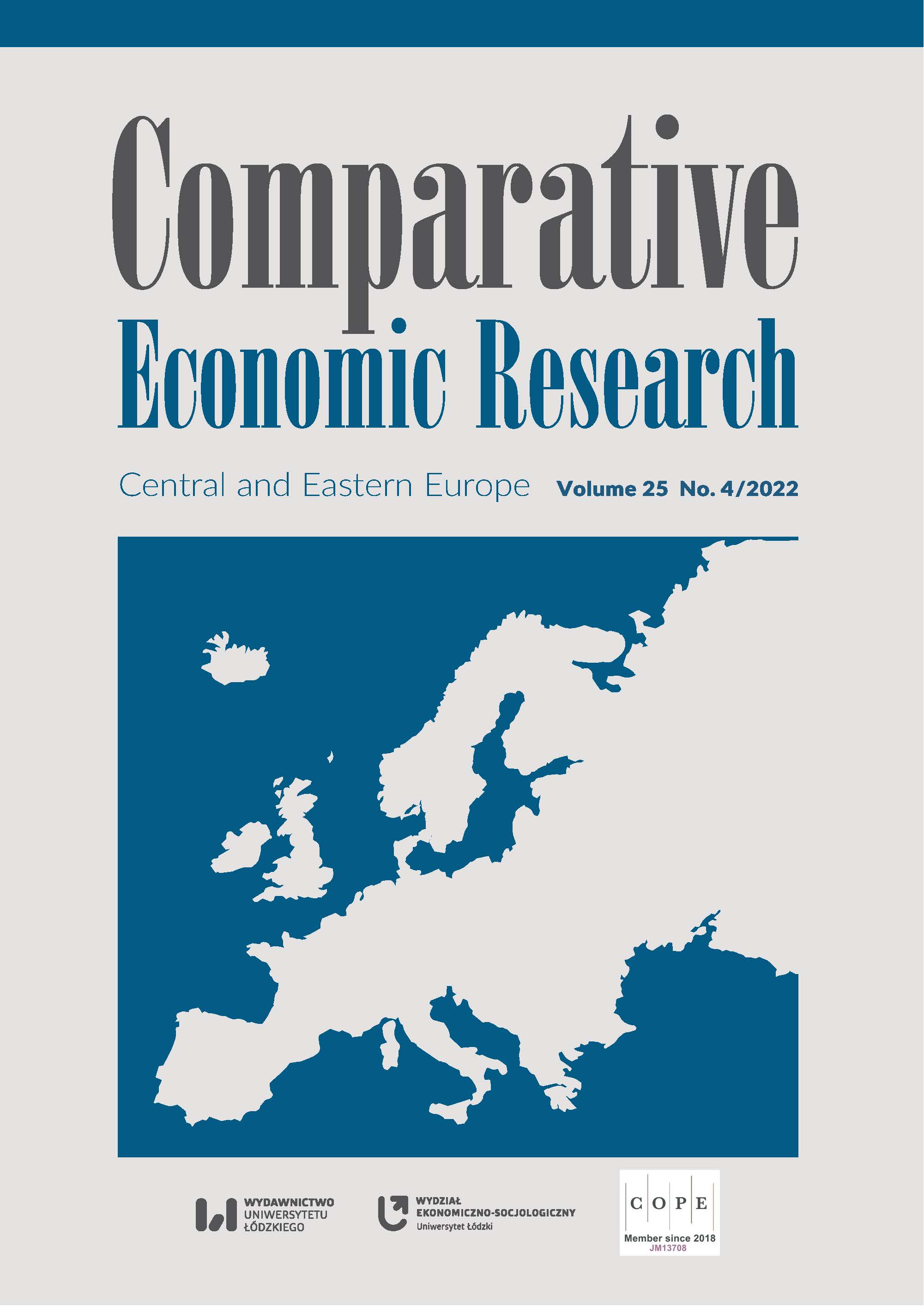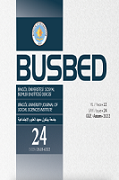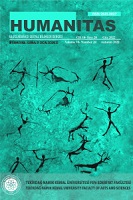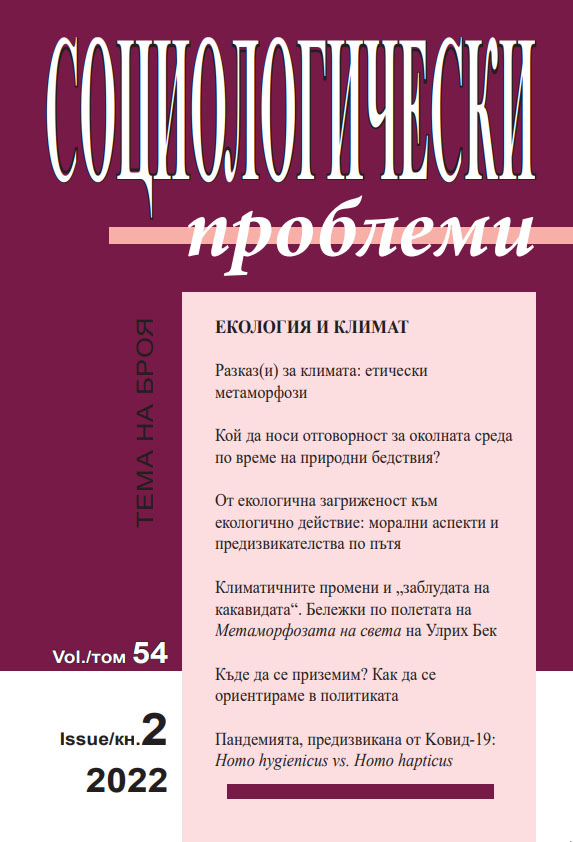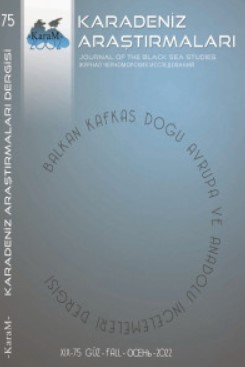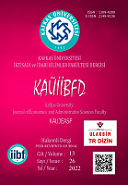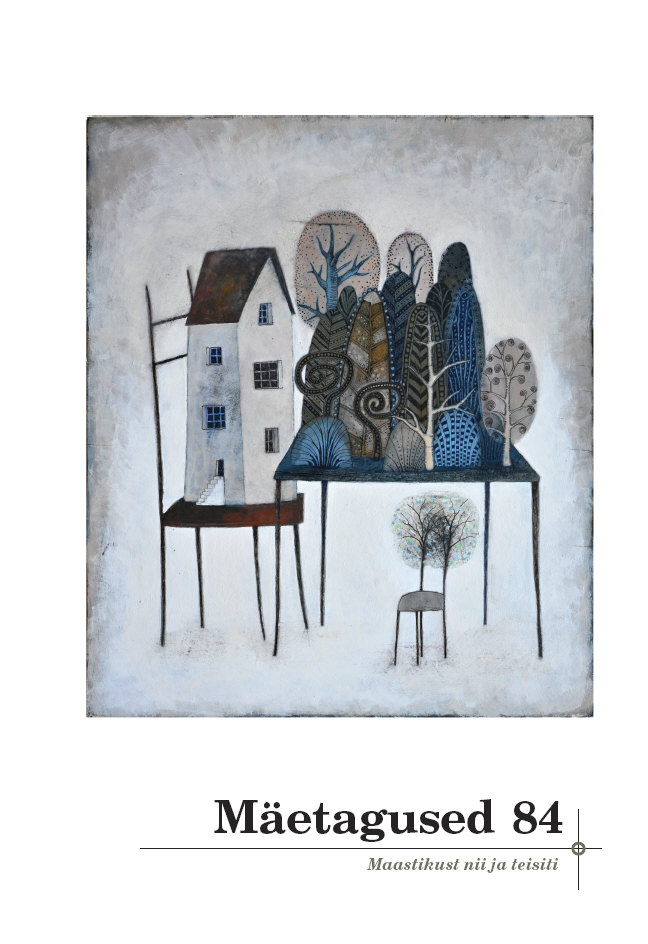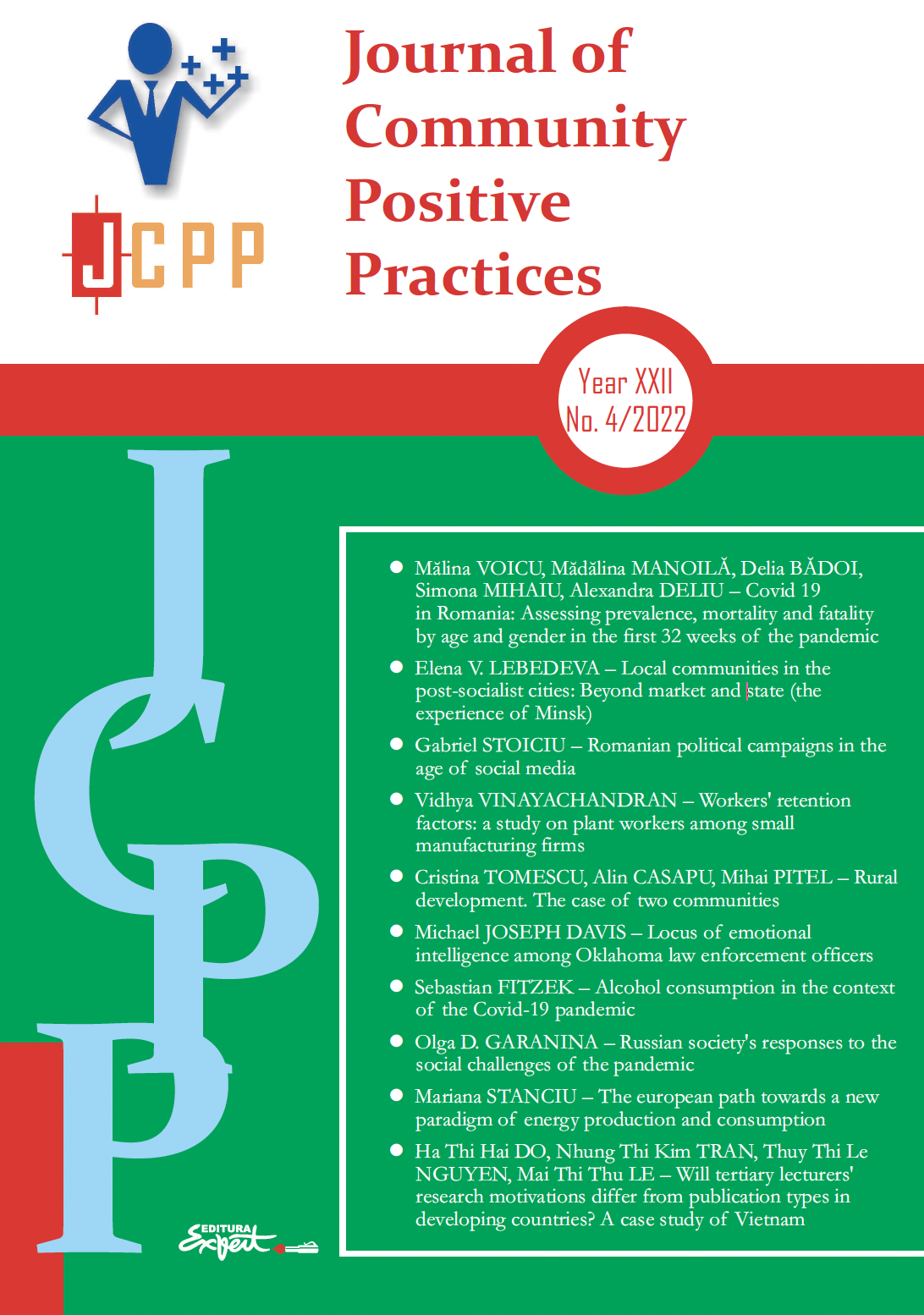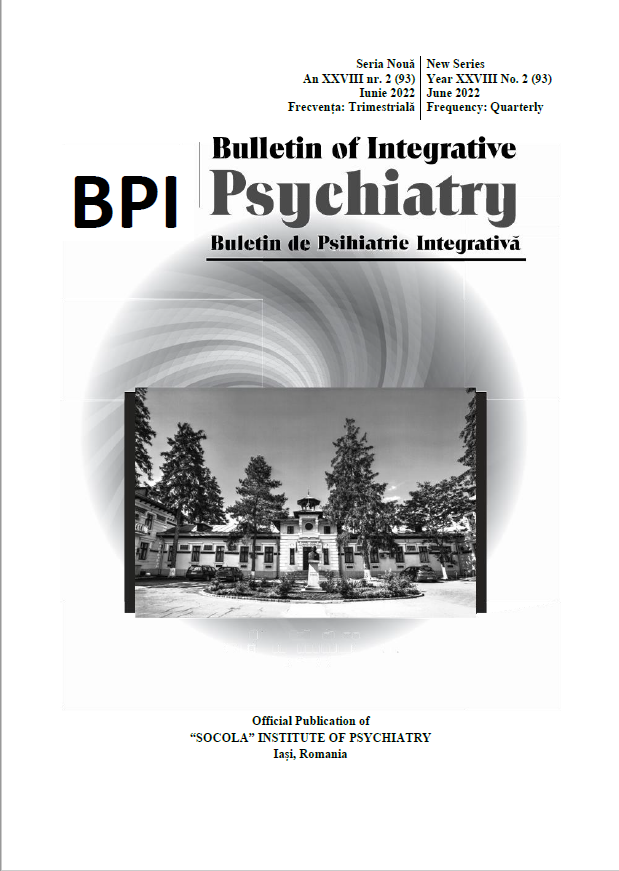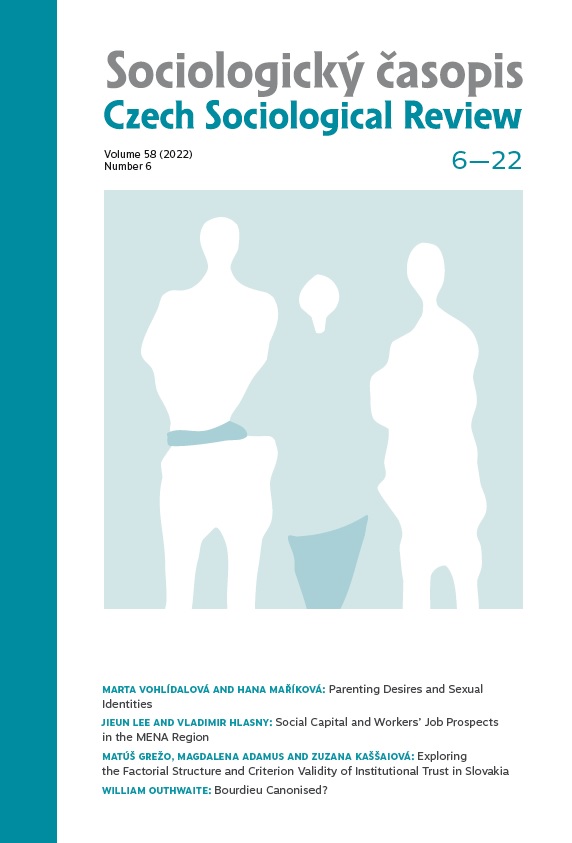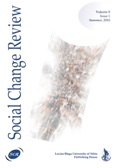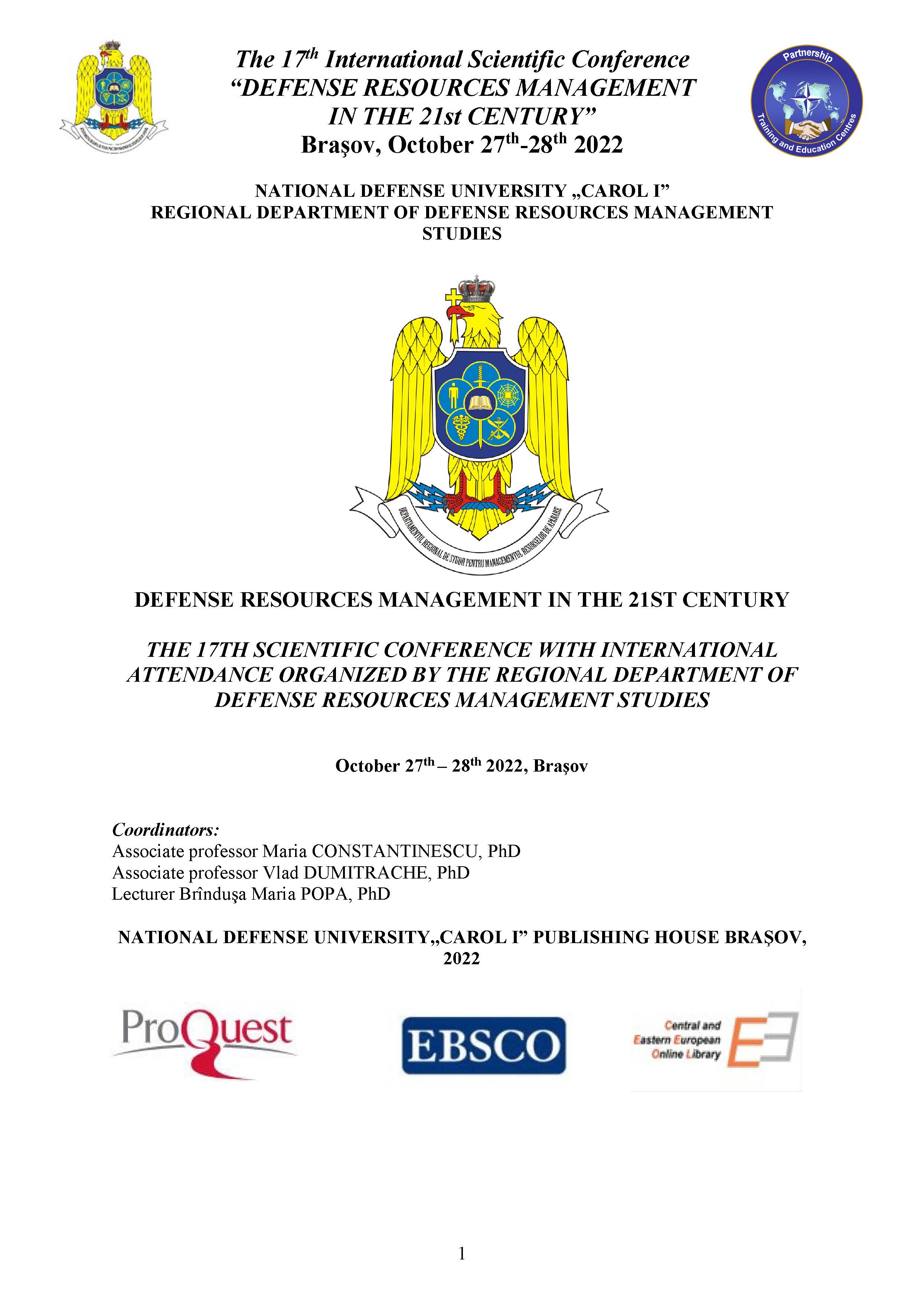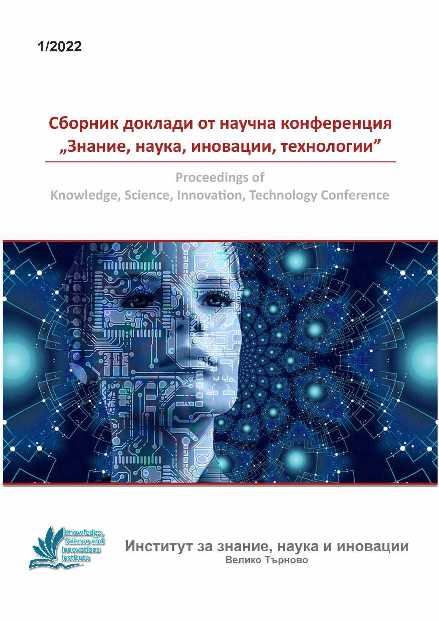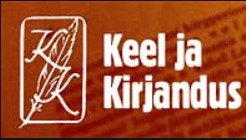
Avaliku ruumi mõiste areng ja tähendusväljad
Over the last five years, the Estonian society has begun to pay more attention to the environment we live, work and relax in. The use of the concept of ‘space’ and its association with the word ‘public’ is a practical problem on the way to a common understanding of space and its use. The ambiguity of the concept of space must be taken into account, both in everyday language and in scientific language. The concept of ‘public space’ is a rapidly developing concept in various fields in the Estonian language, yet in today’s legislation this is not legally covered. There is no well-established definition of ‘public space’ in Estonia. In mapping the use of ‘public space’, this article is confined to geographical sciences, urbanism and architecture. We cover the concept of ‘public space’ in the spatial sciences and discuss its social significance, analysing the semantic fields of the term and describing the contexts of its use. The article does not claim to invent a grand narrative of ‘public space’, but rather draws attention to the diversity and richness of the concept in academic discourse in general and in the Estonian context in particular. These ambiguities open up the possibility of innovating the concept and creatively using it in practice.
More...
